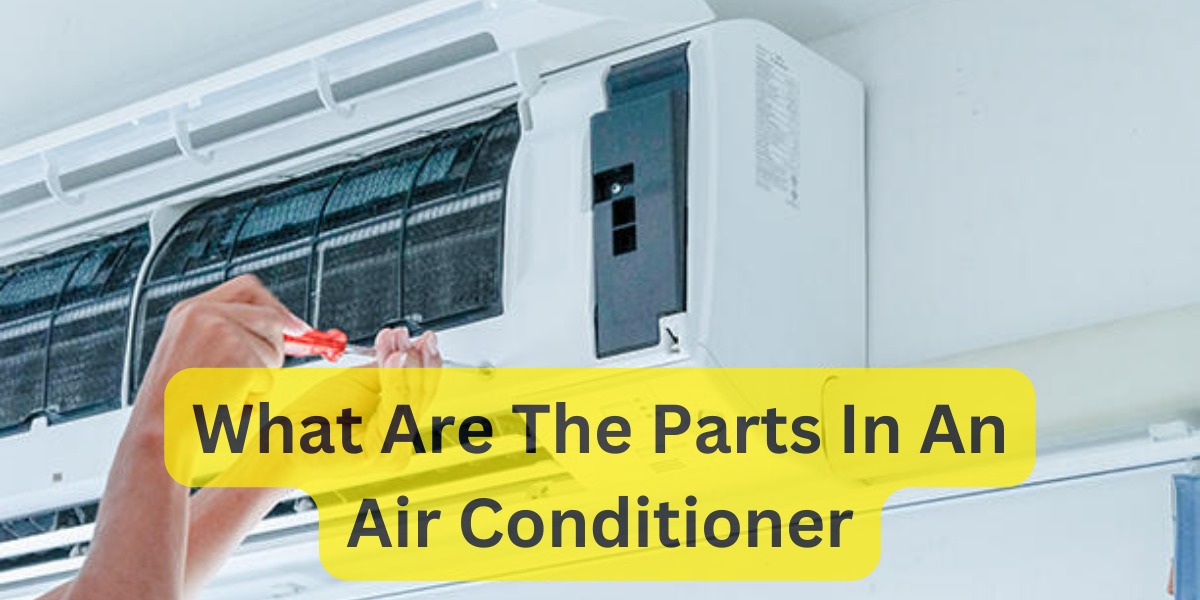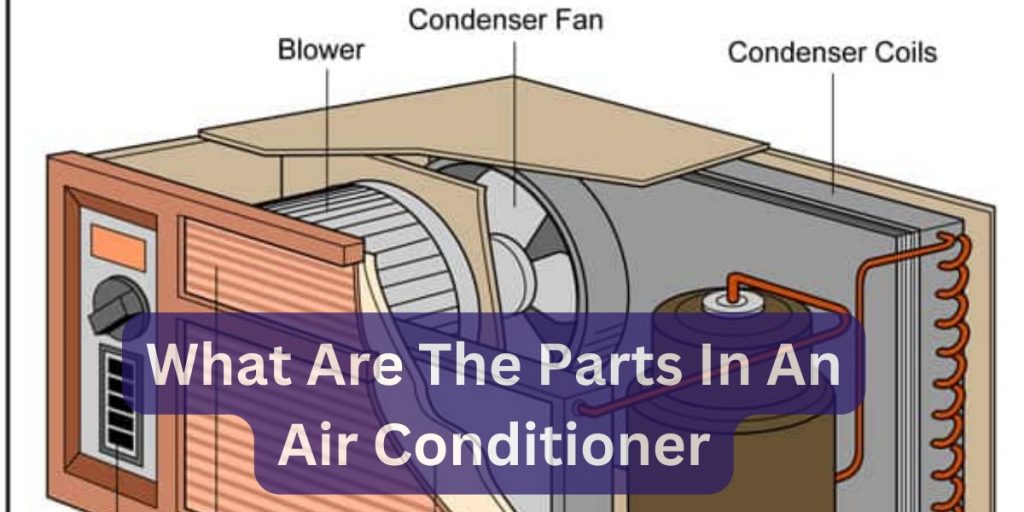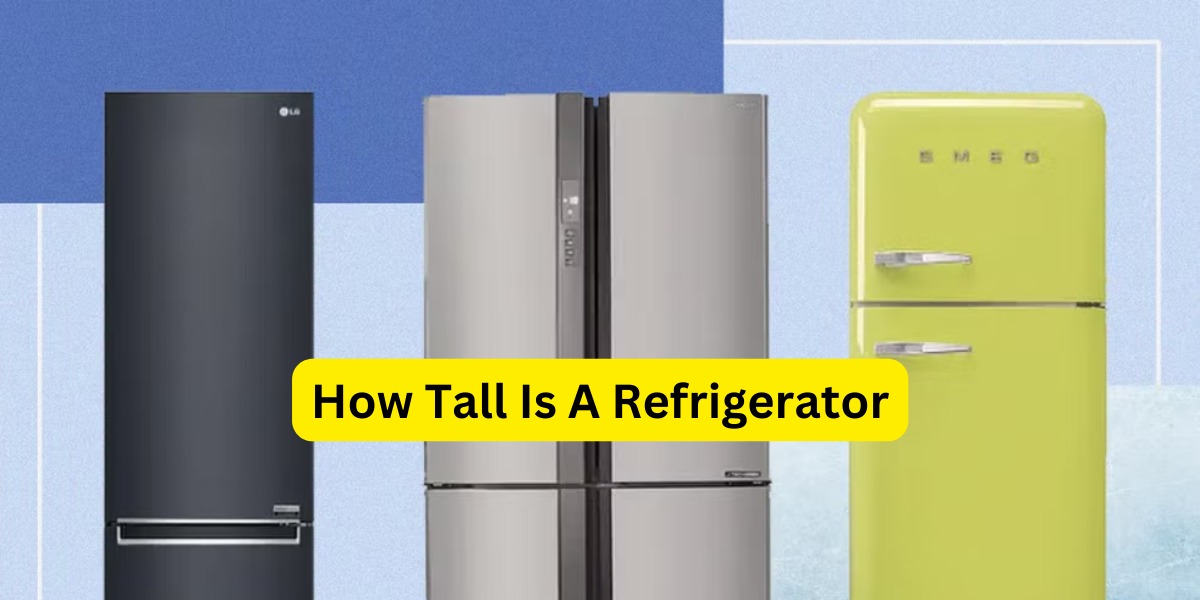What Are The Parts In An Air Conditioner

Summer is here, which means intense heat waves, long hours spent outdoors, and acrid air that can make you sick. If you live in an area with a very hot climate, an air conditioner might be your best option for staying healthy and comfortable. This article will teach you everything you need to know about air conditioners, from their basic components to their more mysterious workings.
What is an air conditioner
An air conditioner is a mechanical device that’s used to cool and dehumidify air. It consists of an indoor unit and an outdoor unit, with the indoor unit mounted on the wall or ceiling and the outdoor unit placed close to the window or door.
The indoor unit contains a compressor, condenser, fan, evaporator coil, and control box. The outdoor unit contains a compressor, evaporator coil, fan, and switch. When you turn on the AC unit, it sends cold air from the indoor unit through ductwork outside and blows it into your home.
There are many different types of air conditioners: window units (which use a window as their cooling chamber), central air conditioning (CACs), portable ACs (PAPs), split systems (which have one or more indoor units located in different parts of the house), heat pumps (which use refrigerant to transfer heat from one area to another), solar-powered ACs, and hybrid ACs.
How does an air conditioning system work?
An air conditioning system is a mechanical device that uses refrigerant to remove heat from an enclosed space. The refrigerant is circulated through coils, called P and T fans, which use the air pressure differential to force the refrigerant out of the coil and into the room. The fan speed is controlled by a thermostat.

Note:
When it comes to AC repair, the most common question people ask is “what are the parts in an air conditioner?” The parts of an air conditioner include the compressor, condenser, evaporator, fan, coil and controls. The compressor is responsible for compressing air and turning it into refrigerant.
The condenser cools the refrigerant while the evaporator removes water vapor from the refrigerant. The fan blows air through the coils to circulate the refrigerant and remove heat. Lastly, the controls allow you to adjust airflow, settings and temperature.
What are the parts in an air conditioning system?
The parts in an air conditioning system include the compressor, condenser, evaporator, and fan. The compressor is responsible for getting the refrigerant from the gas station or oil refinery to the AC unit. The condenser cools the refrigerant so it can be turned into a liquid and sent to the evaporator. The evaporator takes the liquid refrigerant and turns it back into a gas, which is then sent to the fan.
The magazine industry is evolving rapidly to stay in line with the ever-changing technological landscape. One of the future trends in the industry is the incorporation of VR and AR technologies. With the emergence of virtual and augmented reality, magazines are looking for ways to offer readers a more immersive and interactive experience. By incorporating these technologies, magazines can create engaging content that goes beyond traditional printed pages.
What are the benefits of having one?
Air conditioners are machines that use refrigerant to cool the air inside a building. The main parts of an air conditioner are the compressor, the condenser, and the evaporator. The compressor compress the refrigerant and turns it into a gas. The gas is then sent to the condenser where it is cooled and turned back into a liquid. The liquid is then sent to the evaporator where it is turned into cold air. More catagory post visit.
This cold air is then sent out into the room or building where it is needed. Some benefits of having an air conditioner include:
- Cooling your home during hot weather
- Reducing energy costs by cooling your home during peak hours
- Keeping your home clean since dust and dirt cannot accumulate on an AC unit as easily
- Protection from harmful gases and pollutants
computer repair near me
Apple MacBook Repair Service
Laptop Hardware Repairs




